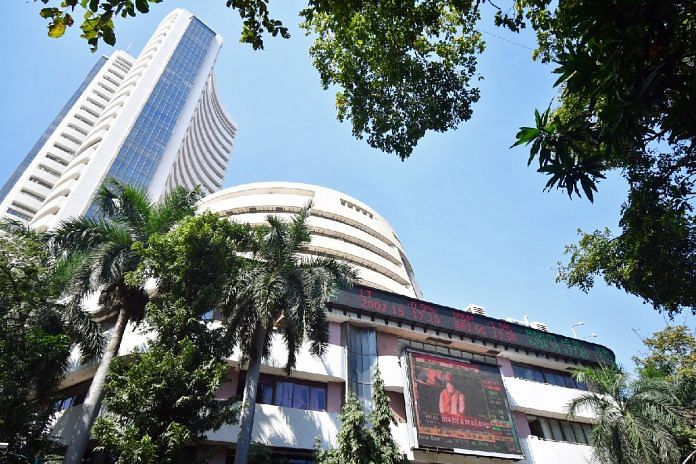New Delhi: The World Bank has pared its growth estimate for India to 6.3 per cent in financial year 2023-24 from the 6.6 per cent it had estimated in December 2022, down from the 6.9 per cent growth it had estimated for 2022-23, it said in a report.
In the latest edition of its flagship India Development Update released Tuesday, the World Bank pointed to the resilience of the Indian economy, but said that despite this, a number of factors will likely come together to slow growth in the new financial year.
“Although India’s economy has been relatively resilient to challenging external conditions, real GDP growth is likely to moderate to 6.3 percent in FY24 from the estimated 6.9 percent in FY23,” the report said.
“Consumption is expected to be constrained by rising borrowing costs, slower income growth and continued fiscal consolidation,” it added.
Other headwinds to growth, the World Bank added, include the recent banking crises in the US and Europe, and tighter monetary conditions due to the Reserve Bank of India’s ongoing efforts to curb inflation.
“Recent financial sector turmoil in the US and Europe could reduce appetite for emerging market assets, trigger another bout of capital flight and put pressure on the Indian rupee,” the report said. “Tighter global financial conditions could also weigh on the risk appetite for private investment in India.”
It’s not all bad
On the other hand, the World Bank did point towards several ways in which the Indian economy is doing well, including the improvements in the banking sector and corporate sectors.
“Notwithstanding external pressures, Indian banks are well capitalised, and the impact of policy tightening on bank balance sheets has been less severe in India due to the relatively modest pace of tightening,” the report said.
It also added that despite a slowdown in consumption growth, domestic demand is still likely to remain robust, driven by the government’s capital expenditure push, and improved corporate and banking sector balance sheets.
On the inflation front, the World Bank projected inflation to slow to an average of 5.2 per cent in FY24, well within the 2 to 6 per cent comfort band of the RBI.
“Moderating consumption growth, easing global commodity prices and the lagged effect of monetary policy tightening is expected to bring headline inflation within the RBI’s target range despite core inflation remaining elevated,” the report said.
On the exports front, the World Bank said that the negative impact of slowing merchandise exports will be mitigated by the strong ongoing performance of service exports, and a gradual contraction of import bill due to falling global commodity prices.
“The narrowing trade deficit will contribute to the current account deficit reducing to 2.1 per cent from around 3 per cent in FY23,” the report said.
Also Read: How did Indian economy perform during pandemic & after? Turns out, not as badly as was estimated



